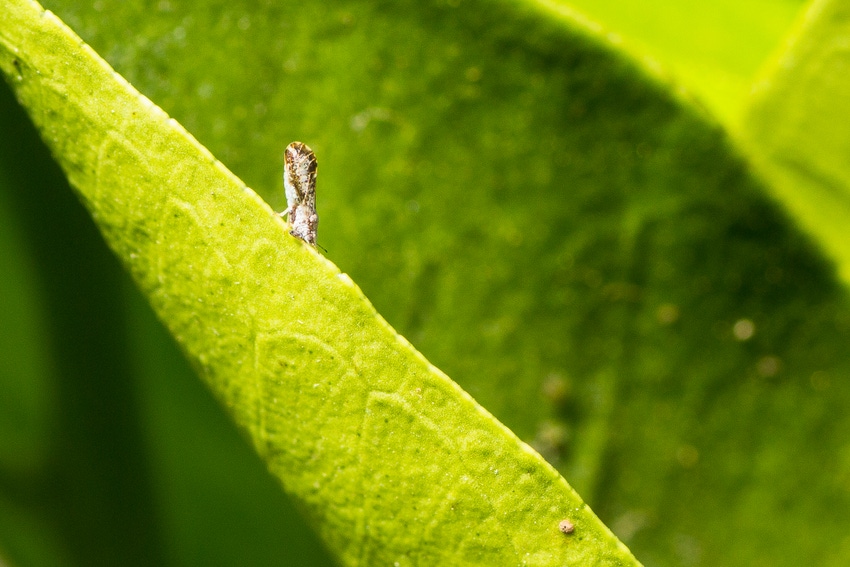
After several attempts by the California citrus industry to secure state funds to combat Huanglongbing (HLB) in the Golden State, Gov. Jerry Brown has now approved $10 million from the state’s $183 billion budget to address the disease.
The money is part of the state’s general fund, meaning it could be spent virtually anywhere. Knowing the state’s propensity to divert money for uses other than the publicly-stated purposes one can only hope this money goes where needed.
In late-June, the state released a recap on its efforts to find HLB. What started in 2012 with a single citrus tree in Hacienda Heights would begin to flourish by 2015 in nearby San Gabriel.
As of this Farm Press deadline, state officials had removed 56 diseased trees in San Gabriel alone. They also discovered four infected Asian citrus psyllids on those sites.
Now it would appear that Anaheim, home to Disneyland, is also a “hot-spot” for the disease as 11 trees there and eight infected psyllids were recently discovered.
Couple this with finds in other southern California cities. This brings the total HLB count in California to 73, a number that shouldn’t be surprising given the infestation of psyllids in southern California. That it took this long to find the disease after the first psyllids were discovered in 2008 in the border counties of Imperial and San Diego is somewhat puzzling given the examples seen elsewhere.
Behind the leadership of California Citrus Mutual, the citrus industry has worked hard to fight this insidious disease. This started in 2009 with the development of the statewide Citrus Pest & Disease Prevention Program through state legislation and a mandatory grower assessment. For this, CCM, its grower members and industry leaders working with the trade association should be commended.
This is just part of the effort as the industry works to finish a privately-funded quarantine research facility in Riverside to find a cure for HLB.
If California is to keep its iconic citrus tree and the fresh-market industry valued at about $3 billion, the public must be involved. Public funds notwithstanding, there must be a firm commitment by residents to stop moving citrus trees and fruit around the state which we know is at least partially responsible for helping spread the ACP from Los Angeles to the Central Valley and elsewhere in the state.
About the Author(s)
You May Also Like






